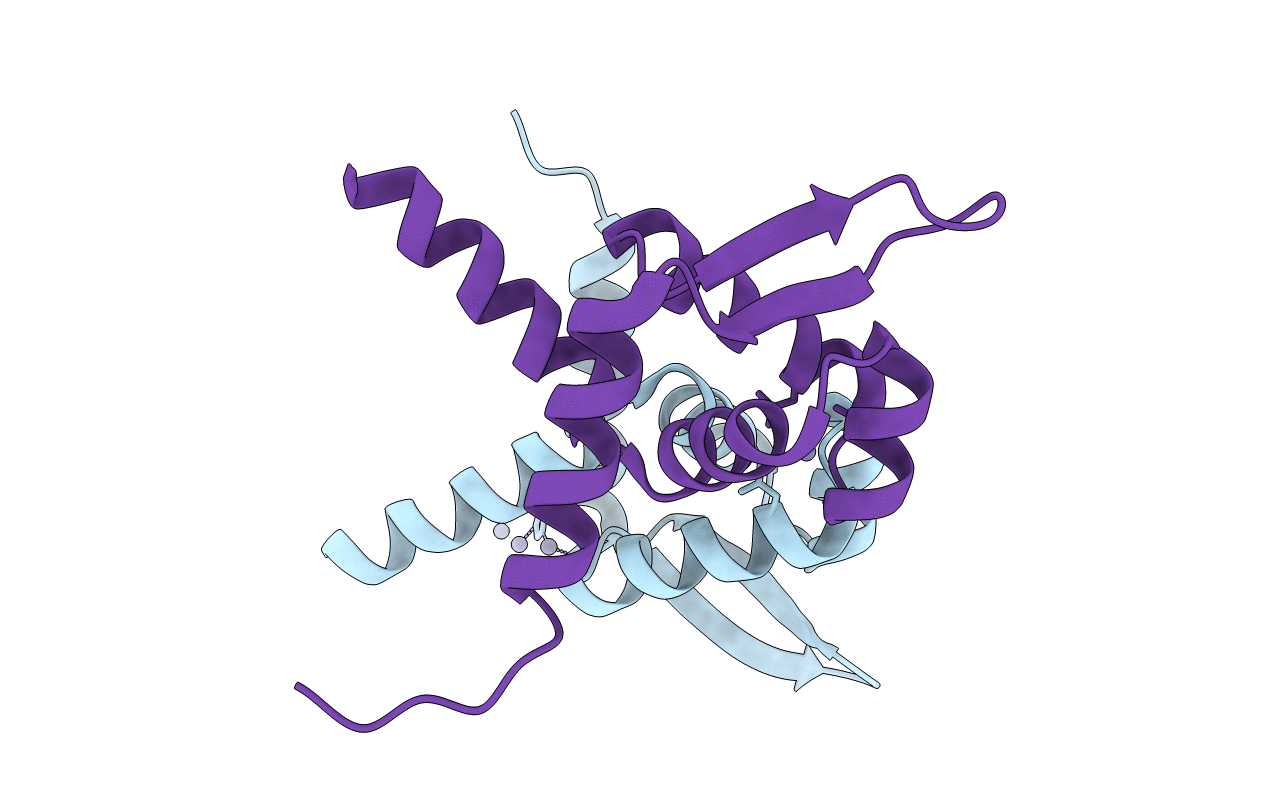
Deposition Date
2003-09-25
Release Date
2004-05-18
Last Version Date
2023-08-23
Entry Detail
PDB ID:
1R1V
Keywords:
Title:
Crystal structure of the metal-sensing transcriptional repressor CzrA from Staphylococcus aureus in the Zn2-form
Biological Source:
Source Organism:
Staphylococcus aureus (Taxon ID: 1280)
Host Organism:
Method Details:
Experimental Method:
Resolution:
2.30 Å
R-Value Free:
0.24
R-Value Work:
0.19
R-Value Observed:
0.20
Space Group:
P 21 21 2


